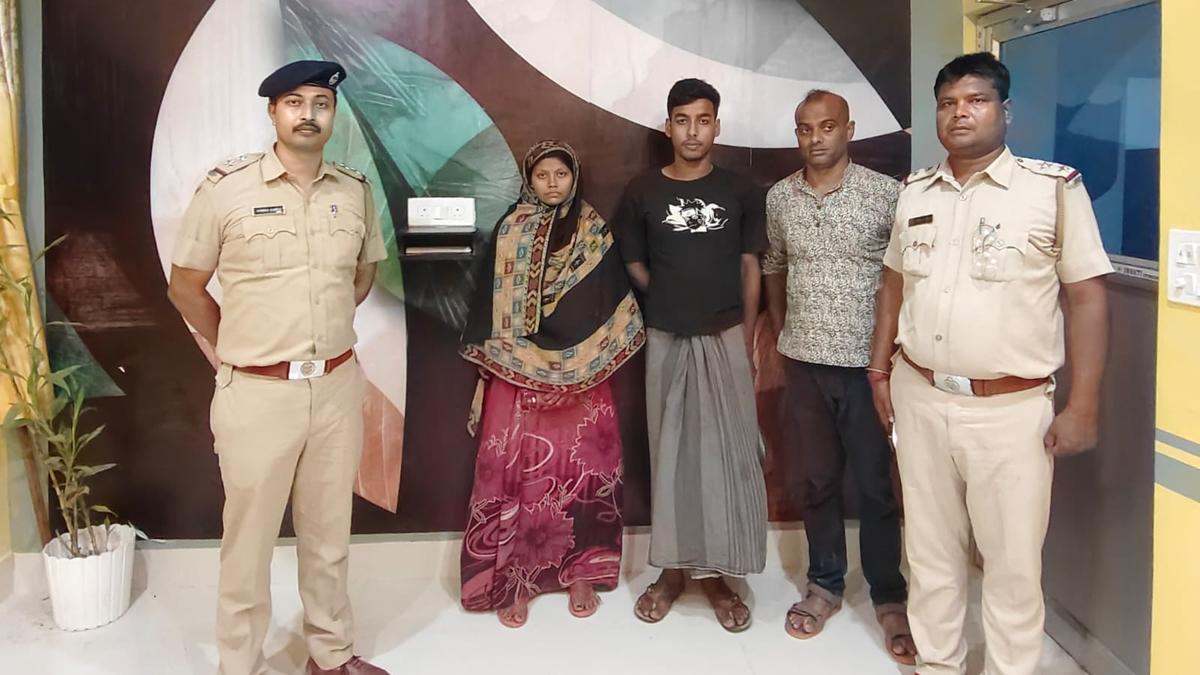ARTICLE AD BOX
Last Updated:June 10, 2025, 19:52 IST
Amid this surge, the new variant of the SARS-CoV-2 was detected with as many as 163 cases reported so far, of which the most are from Maharashtra at 89

India recorded a total of 6,815 active coronavirus cases with three deaths in the last 24 hours. (Image for representation: News18)
India recorded a total of 6,815 active coronavirus cases with three deaths in the last 24 hours. Amid this surge, XFG – a new variant of the SARS-CoV-2 – was detected with as many as 163 cases reported so far.
According to data from the Indian SARS-CoV-2 Genomics Consortium (INSACOG), the XFG variant has been found in a total of 163 samples – highest (89) in Maharashtra, followed by Tamil Nadu (16), Kerala (15), Gujarat (11), and Andhra Pradesh, Madhya Pradesh and West Bengal (six each), and new confirmed case in Telangana.
A RECOMBINANT VARIANT: WHAT DOES THIS MEAN?
An article in Lancet stated that the recombinant XFG variant harbours four key spike mutations and has achieved rapid global spread following its initial detection in Canada. It is a descendant of the Omicron sub-variant.
Data shows that in May, as many as 159 samples were detected with the XFG variant while two samples were tested for this variant in April and two in June. It is essentially the result of two earlier strains — LF.7 and LP.8.1.2 — merging together.
A recombinant variant like XFG emerges when someone is infected with two different versions of the virus at the same time, allowing it to “mix and match" its genetic code. The Lancet study points out that this variant shows “strong immune evasion".
Director General of the Indian Council of Medical Research (ICMR) Dr Rajiv Behl said Omicron sub-variants LF.7, XFG, JN.1, and NB. 1.8.1 are currently circulating in India.
HOW DIFFERENT IS IT FROM JN.1 VARIANT OF OMICRON?
The newly emerging strain is different from the JN.1 variant of Omicron that has been causing an uptick in cases across several parts of Asia since last month.
The JN.1 variant is a sub-lineage of the Omicron BA.2.86 (Pirola) strain first identified in late 2023. It carries around 30 mutations and has been detected in countries such as the US, UK, Singapore, India and Hong Kong. The WHO classified it as a “variant of interest" in December 2023, noting it poses no increased severity but warrants close monitoring.
Reports said so far, XFG has not been labelled a ‘variant of concern’ or ‘variant of interest’ either by WHO or the health ministry. There is no evidence yet that it causes more severe illness than previous variants.
Hence, as with most strains that evolved from Omicron, XFG causes mild upper respiratory symptoms, particularly in people who are vaccinated or have previously had Covid-19.
“According to ICMR data, 66 per cent of current respiratory viral infections in India are Covid-related. However, hospitalisation is low, including in Telangana. People with two or more comorbidities, weakened immunity, or above 70 years should remain alert," Dr Kiran Madala, who is also a professor at Gandhi Medical College, told The Times of India.
WHAT IS THE CENTRE DOING?
According to the Union health ministry data released on June 8, Kerala continues to be the most affected state, followed by Gujarat, West Bengal and Delhi.
Official sources have said due to the rising cases, the Centre is conducting mock drills to check facility-level preparedness and has instructed all states to ensure availability of oxygen, isolation beds, ventilators, and essential medicines. They maintained that most cases are mild and managed under home care.
Since January this year, 65 deaths have been reported in the country. There were a total of 257 active patients in the country on May 22. A series of technical review meetings were held on June 2 and 3 under the chairpersonship of Dr Sunita Sharma, Director General of Health Services, to evaluate the Covid situation and preparedness measures.
Representatives from the Disaster Management Cell, Emergency Management Response Cell, National Centre for Disease Control, Indian Council of Medical Research, Integrated Disease Surveillance Programme, central government hospitals in Delhi, and all states and Union Territories were part of the meeting.
State and district surveillance units under the Integrated Disease Surveillance Programme are closely monitoring Influenza-Like Illness (ILI) and Severe Acute Respiratory Illness (SARI). “Testing is recommended for all admitted SARI cases and 5 per cent of ILI cases as per guidelines, and positive SARI samples are sent for Whole Genome Sequencing through the ICMR VRDL network, " an official source said.
(With agency inputs)
The News Desk is a team of passionate editors and writers who break and analyse the most important events unfolding in India and abroad. From live updates to exclusive reports to in-depth explainers, the Desk d...Read More
The News Desk is a team of passionate editors and writers who break and analyse the most important events unfolding in India and abroad. From live updates to exclusive reports to in-depth explainers, the Desk d...
Read More
- Location :
- First Published:
News india XFG: What Is The New Covid Variant Detected In India Amid Rising Cases? Explained



.png)
.png)
.png)
















 1 week ago
7
1 week ago
7








 English (US) ·
English (US) ·